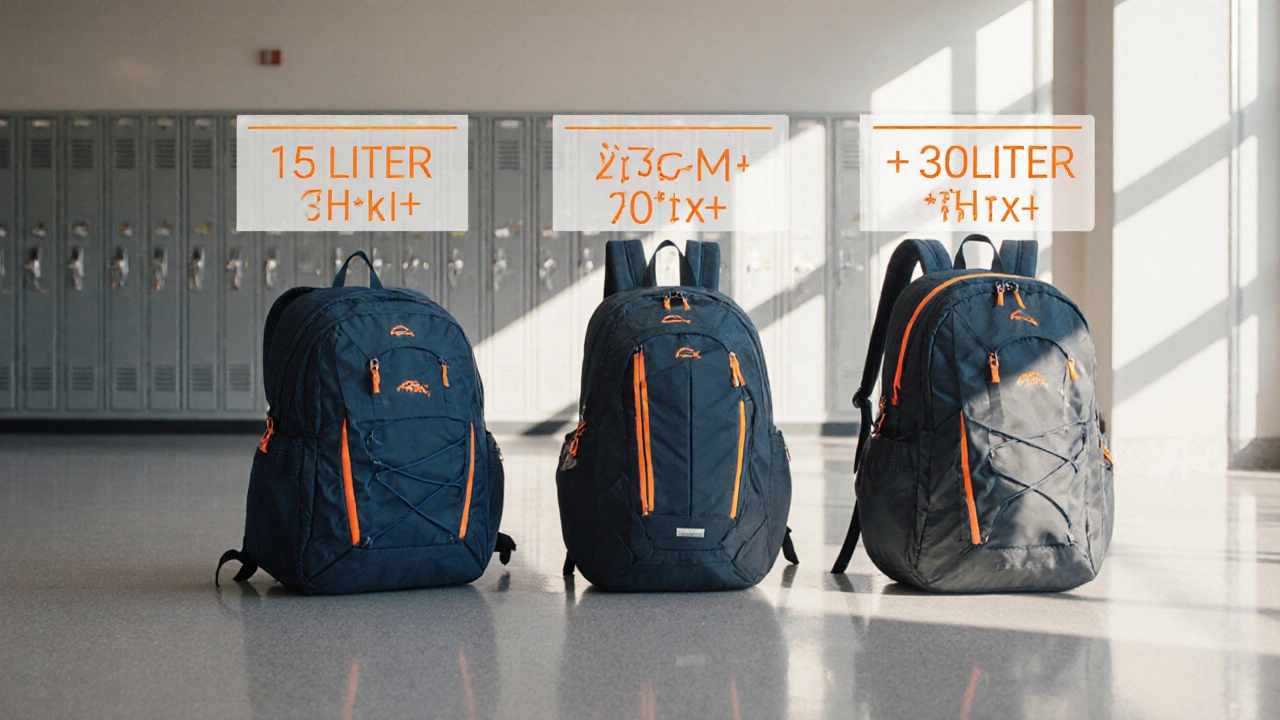Ergonomics for High School Students
When working with ergonomics, the science of shaping tools and environments to match the human body and lower strain. Also known as human‑centered design, it helps students stay comfortable and focused during long school days.
One of the first places ergonomics shows up is in the backpack you carry. Backpack ergonomics, the practice of designing backpacks with proper weight distribution and padded straps, reduces pressure on the shoulders and spine. A well‑designed bag spreads load across both shoulders, keeping the center of gravity close to the body. This simple change can prevent the slouch you feel after a full day of classes.
But ergonomics isn’t just about gear – it’s also about how you study. Study ergonomics, the setup of desk, chair, and screen height to support natural posture, plays a big role in concentration. When your monitor is at eye level and your chair supports the lower back, you avoid the neck strain that makes reading notes a chore. Good study ergonomics also means taking short movement breaks; even a quick stretch every 30 minutes keeps blood flowing and the mind sharp.
Underlying all of this is spinal health, the condition of the vertebrae, discs, and surrounding muscles. A healthy spine lets you sit upright, walk confidently, and carry books without pain. Poor posture, heavy backpacks, and low‑backed chairs can compress discs and lead to chronic issues that linger into adulthood. Protecting spinal health early means fewer doctor visits later.
Why ergonomics matters in the classroom
Classroom ergonomics extends the same principles to desks, chairs, and even lighting. When desks are too low or chairs lack lumbar support, students hunch over, and focus drops. Adjustable furniture lets each learner find a comfortable height, which boosts engagement and reduces fatigue. Good lighting reduces eye strain, so reading the board or a textbook feels easier and less tiring.
All these pieces link together: ergonomics includes backpack design, study setup, and classroom furniture; it requires awareness of spinal health; and it influences mental well‑being. When students feel physically comfortable, stress levels drop, making it easier to absorb material. In short, good ergonomics can boost grades and health alike.
Below you’ll find a collection of articles that dive deeper into each of these areas. From choosing the right backpack brand to setting up a study station that keeps you alert, the posts cover practical steps you can start using today. Keep reading to discover how small ergonomic tweaks can make a big difference in your high school experience.
- Oct, 22 2025

Explore whether larger backpacks benefit high‑school students. Learn about size, ergonomics, health tips, and how to pick the perfect bag for daily loads.
- Read More